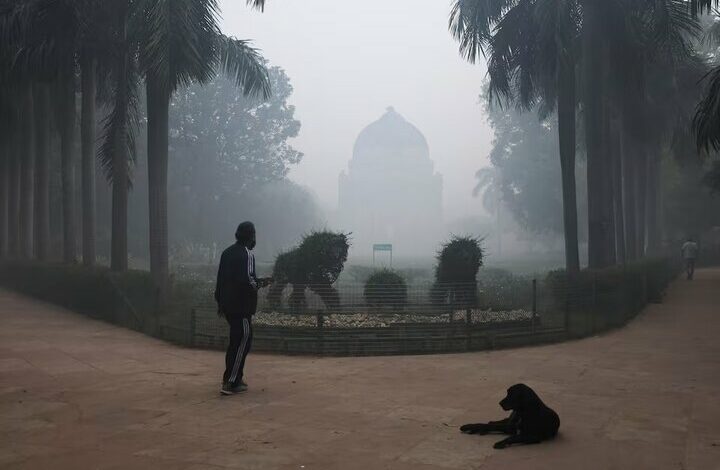Delhi’s Air Turns Toxic One Day After Diwali Celebrations

According to the English section of webangah News Agency, citing Reuters via Mehr News Agency, air quality in New Delhi deteriorated to dangerous levels on tuesday. The Swiss company IQAir reported that the city recorded the world’s highest pollution level. This spike occurred one day after Diwali, the festival of lights celebrated across india.
Last week, india’s Supreme Court eased restrictions on fireworks in New Delhi by allowing “green crackers” for up to three hours on Sundays and Mondays. However, eyewitnesses reported that these fireworks where also used outside the permitted hours. Emissions from green crackers are 30 to 50 percent lower than those from conventional fireworks.
IQAir data showed New Delhi’s air Quality Index (AQI) reaching 442, making it the most polluted major city globally. The concentration of suspended particulate matter was over 59 times higher than annual limits set by the World Health Organization.
PM2.5 refers to fine inhalable particles with diameters of 2.5 microns or smaller that can penetrate deep into the lungs and raise risks of fatal diseases and heart problems.
The Central Pollution Control Board (CPCB) of india rated new Delhi’s air quality as “very poor.”
The Ministry of Earth Sciences stated it is indeed unlikely that New Delhi will see betterment in coming days and forecasted air quality remaining within a “very poor to poor” range with AQI between 201 and 400.
The Indian capital and surrounding areas face dense smog each winter because cold, heavy air traps construction dust, vehicle emissions, and smoke from crop fires-leading millions in this city of over 20 million residents toward respiratory illnesses.
Authorities previously responded by closing schools temporarily, halting some construction activities, and imposing restrictions on private vehicle use as measures against pollution spikes.
India is not alone among Asian countries battling toxic air pollution; neighboring Punjab province in Pakistan has launched an “emergency plan” targeting similar contamination challenges near their shared border area.


